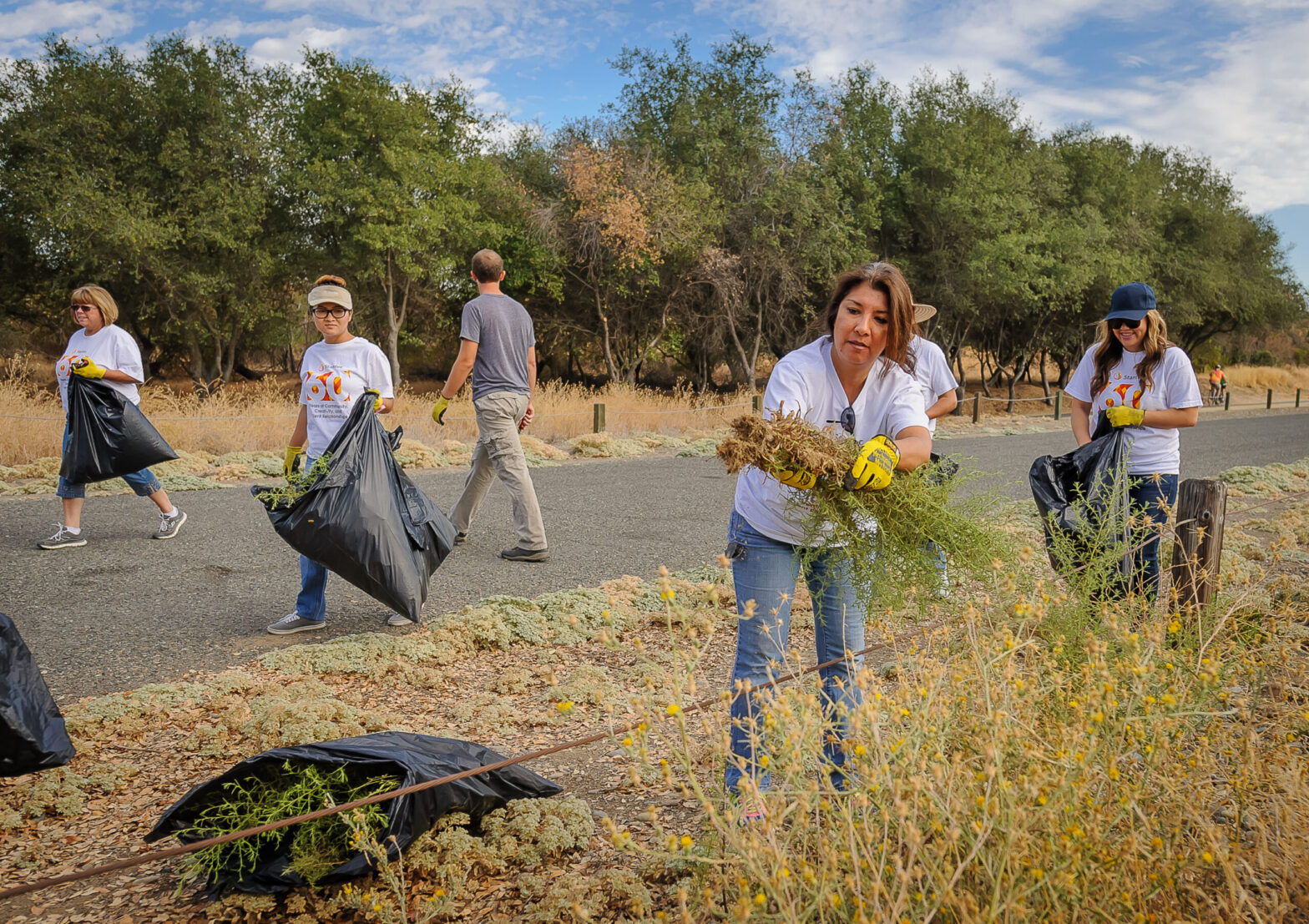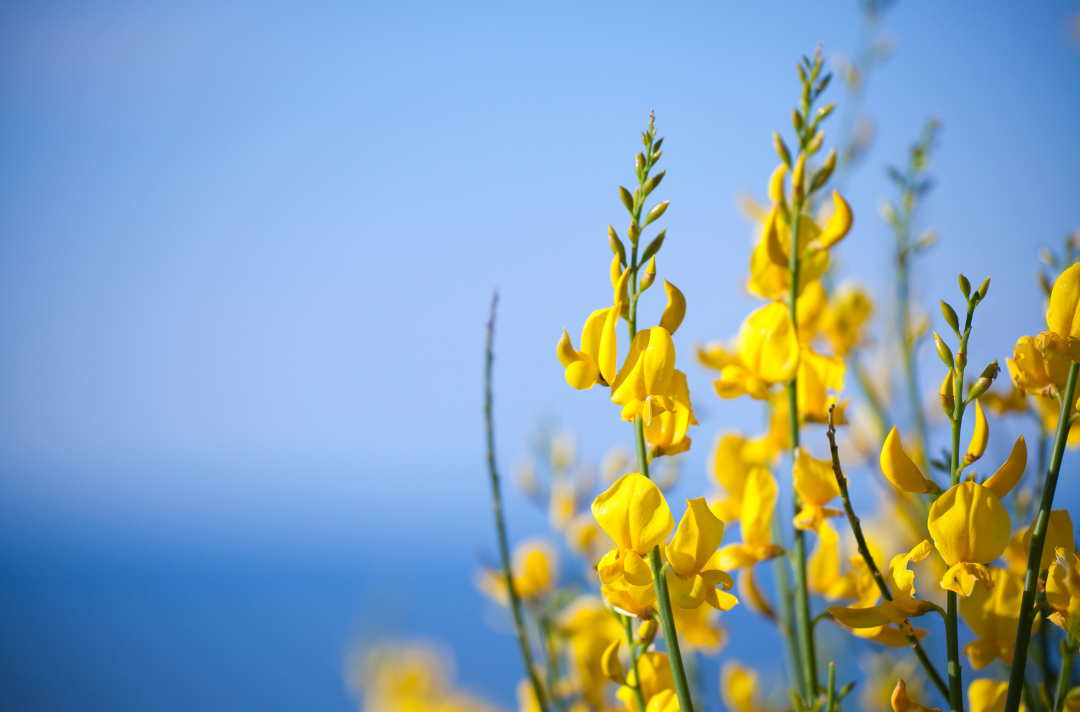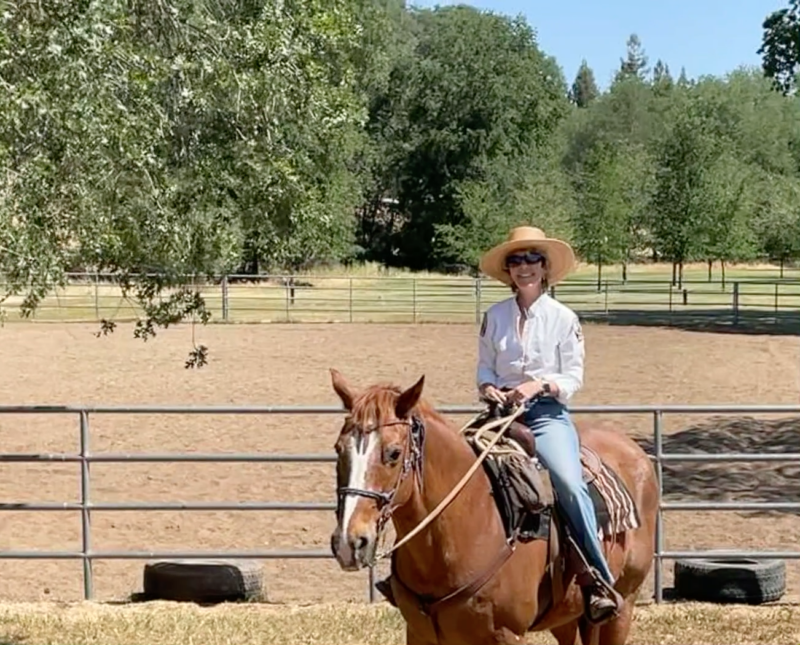Last year was one of change for the American River Parkway Foundation. At the request of our supporters, we took a more proactive approach regarding addressing illegal camping on the American River Parkway. Since submission of our Demand Letter in January 2022, we have pushed forward, bringing greater attention to the issue. This has led to media coverage locally and nationally, increased effort by local elected officials and municipal staff to address the issue, and funding locally and from the state focused on mitigating the impact of illegal camping. See the Full Timeline of Our Actions We are proud of what we have achieved, but none of this would have been possible without the support of the community. This includes members of the Voice of the Parkway Coalition – comprised of concerned Parkway users, businesses, corporations and organizations – advocating for the conservation of the Parkway. But our work was not limited to just our public affairs efforts. We have also made great strides in addressing the fire danger on the Parkway. Our Parkway Fire Safe Council has worked together to begin developing plans for mitigation. This includes the creation of a community wildfire protection plan – funded in entirety by the Parkway Foundation – that will identify areas for fire breaks, restoration and mitigation. This will allow all Parkway stakeholders to seek more funding to address fire issues on the Parkway. Our volunteer programs also continued to have a growing impact. Over 4,400 volunteers spent more than 13,600 hours on direct conservation of the Parkway, including clean-ups, invasive plant removal, trail maintenance and more. This is done through work with individuals, groups, families, businesses and others interested in conservation, project ownership, team building, family bonding and community service. (See list of accomplishments below.) With your help, the new year will bring more accomplishments. In 2023, look for the Parkway Foundation to: Replace the mile marker signs on the Parkway with new, more informative directional signage. Continued conservation of the Parkway through our volunteer programs, especially addressing impacts from flooding during this stormy period. Continue development of the community wildfire protection plan. Continue to educate the community about the Parkway. Continue to work with local elected officials and County and City leaders to secure land for shelter spaces and push for wrap-around services. Continue to invest in the Parkway through the TEICHERT-Parkway Fund, which is contributing $100,000 in 2023 to projects that will revitalize the Parkway from Cal Expo to Discovery Park. Thank you for being a part of this vital mission through volunteering, financial support and helping to spread the word about the beauty of the Parkway. Together we can continue in our mission to lead and inspire the community to conserve and nurture the Parkway as a unique, accessible resource for everyone to enjoy. Dianna Poggetto Executive Director, American River Parkway
- Phone: (916) 486-2773
- info@arpf.org
- give to arpf
- Join/Renew
- email signup



